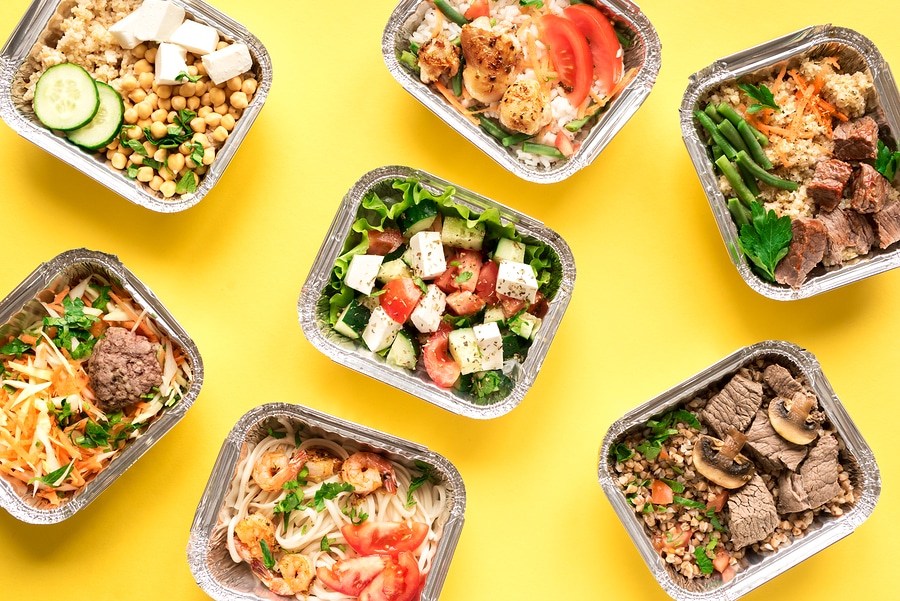“If you fail to plan, you are planning to fail!” – Benjamin Franklin
Shopping for meals and cooking them daily from scratch can be hectic, and could mess with your weight-loss journey. How do you stay engaged while ensuring that you only eat what’s healthy? Meal planning comes to the rescue!
Weekly meal planning involves carefully picking out the foods that you’ll buy in quantities that will last you through the week. It reduces the likelihood of eating unhealthy foods that will mess with your diet plans, and keeps you organized, giving you a sense of accomplishment.
Here are a few tips to get you to plan meals like a pro.
Get Inspired By Healthy Recipes
A variety of healthy recipes out there will give you all the inspiration you need for your family’s weekly meals. Healthy doesn’t have to mean bland.
Pinterest, Instagram, and Google are valuable resources and bring up a host of healthy recipes to copy. Should you have the time, browse second-hand bookshops for cookbooks and women’s magazines bound to contain inspiration.
Choose recipes that provide plenty of leftovers, which transform into entirely new meals. For instance, roast chicken on a Sunday means you can have Chicken Enchiladas on Monday.
The possibilities are endless, so open up a binder, file those recipes, and get inspired!
Shop Guided By Recipes
Once you’ve decided what you fancy eating (within diet and nutrition guidelines of course), create a meal plan based on the recipes chosen and come up with a comprehensive ingredients list.
Do not under any circumstances go shopping without this list. Chances are you’ll either overspend or miss out on vital, healthy ingredients.
Create ingredient categories – the pantry, freezer, fridge, and salad crisper are commonly used classes that focus on food storage. Veggies, meats and fish, spices, dairy, grains, and snacks are popular list categories based on food types.
Spend Some Time Meal Prepping
Once you have your ingredients, it’s time to prep them in advance. Prepping gets you organized, reduces anxiety at mealtimes, and cuts down on cooking times.
Wash and chop up veggies, placing them in resealable Ziploc bags ready for cooking. Apportion your meats and fishes and freeze them in vacuum-sealed freezer bags for extended storage.
Prepare lunch boxes filled with salads, fruit, and pulses to take with you to work. And if you have the time, pre-cook components of meals like minced meats, mashed potatoes, pie fillings, cookie dough, or pasta, and freeze in glass containers covered with foil until ready to reheat.
Adhere To Proper Food Storage Guidelines
There’s no point in buying all this food only for it to go to waste. Properly storing food cannot be underestimated. Besides, keeping these guidelines will reduce spoilage, saving you money.
- Remember FIFO. Place and use recently purchased food behind existing foods.
- Keep canned or dry foods in the pantry at temperatures of between 10 to 15 degrees C.
- All chilled foods, including dairy products, meats, and fresh produce, should be kept at 4 degrees C or lower.
- Fresh seafood should be packed in ice, stored at −1 degree C, and eaten as soon as possible.
- Keep frozen meats and other items at no higher than –18 degrees C to maintain quality.
Wrapping It Up
Creating a weekly meal plan is a sure-fire way to keep healthy and on track with your diet. It doesn’t take much – inspiration, organization, and knowledge are all you need to succeed.
What keeps you motivated and inspired when cooking for yourself or your family? We’d love to hear all about it!

